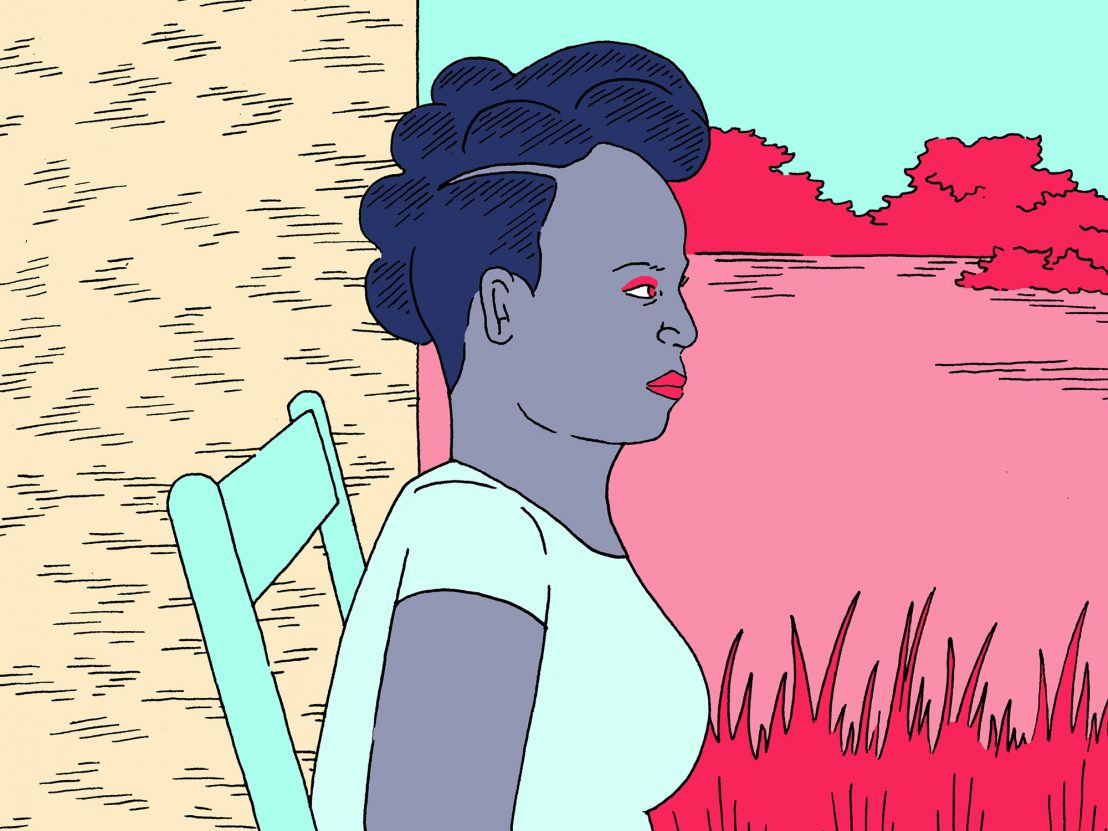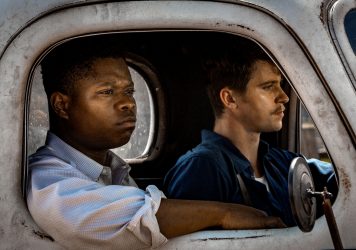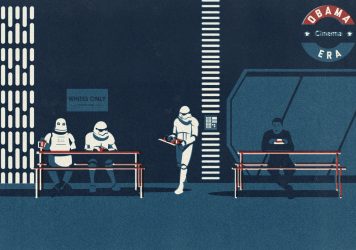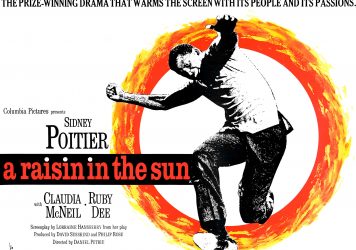
The director of Mudbound on how she grappled with the legacy of slavery in the Deep South.
Watching Mudbound is like watching the past and present blur into one. Set in post-World War Two-era Mississippi, it scans like an old-fashioned family epic with clear literary origins (Hillary Jordan’s 2008 novel). Yet the tense dynamic between a neighbouring black and white family and the huge emotional moments afforded to each character could – unfortunately – be ripped from any time. Writer/director Dee Rees spoke about crafting a multi-perspective film out of history and how she prepares with actors.
LWLies: How would you describe the feeling you get when you chance upon a source of inspiration that you know has potential to be a film?
Rees: The feeling is what can you bring out of it or what story it tells. In Mudbound I saw my grandmother’s story. She was from a town called Ferriday in Louisiana. Her whole thing was that she decided she was not going to be a sharecropper, she wasn’t going to pick cotton, she wasn’t going to be a domestic worker. She decided she was going to be a stenographer and she was the first person in her family who wanted to be a stenographer. So she moved to California. She would tell me stories about her family. Her family owned their land but her parents farmed, they picked cotton.
After I read the book it had diagrams of how the cabins were and what things they used and what things cost and so it was a chance for me to dig into that. Both of my grandfathers fought in different wars. My maternal grandfather fought in World War Two and my paternal grandfather fought in Korea, so it was a chance to tell the story of black soldiers like them who came back. The opportunity to delve into all that was what what attracted me and also the multiplicity of voices.
How do you shepherd all of that into something that you know will work as a piece of cinema?
As a writer, you just know that each family, each character, has to have agency. No one is a supporting character in someone else’s life, everyone has their own life. With seven characters and six voices there’s a danger of it not being anyone’s story and somehow you’ve got to make it everyone’s story.
It feels very elegant the way you’ve knitted together so many individual threads.
A lot of credit goes to my co-editor Mako Kamitsuna. Because we were on this independent film, we had the leisure of editing in this place in upstate New York. Instead of being in a posh studio, we had this raw, industrial space: a couch, a computer, a lamp and a dog. We had freedom and took our time and played with many different structures. It was a centring thing to do each family separately and then join them together. You figured out how each family can work as its own arc. Each family can stand alone and then if we meld them together, it just amplifies them and makes it stronger.
How did you direct your actors in a short amount of time to hit emotional cues that are the result of years of accumulated feeling in the lives of their characters?
I don’t do rehearsals where I’m running the lines. I do relationship workshops where we do the pairings between each of the key actors and that really gears up the core of things. I had Carey Mulligan and Mary J Blige in a room together face-to-face just repeating over and over again, ‘You have the power’, ‘No, you have the power’ and then vice versa because that was the core of these women, each feeling that the other has power over them. From that, in every scene they knew how it was going to go. And then Henry and Ron had a talk about how they met. They built an imagined personal history together and the same things with the sons, so to create the dynamic between Pappy and Jamie I had Jonathan Banks and Jason Clarke and Garrett Hedlund sit in a room together and have a therapy session where, in character, they could bounce off one another.
Is this technique something you have used before?
I used it on Pariah with Kim Wayans, Charles Parnell, Adepero Oduye and Sahra Mellesse. I had them sitting on the couch and I had a woman who pretended to be a therapist, who wasn’t a therapist! But she asked them questions about the family dynamic, and that was great. I really like this therapy session set-up because it lets the actors get close in character and to really get a sense of the arc of these relationships and the unspoken desire.
Mudbound is released 17 November on Netflix and in selected Curzon cinemas in the UK. Read our review.
Published 17 Nov 2017

Two men return from war only to be confronted by racism in Dee Rees’ vital and sprawling American epic.

Our Obama Era Cinema series continues with Caspar Salmon reflecting on the vitriolic online backlash to recent progress in Hollywood casting.

These beautiful, revealing posters highlight African-American culture’s contribution to cinema.